Back on the 18th June, we hosted a webinar on Biophilic Design and were delighted to have two guest speakers. We were joined by Dr Alia Fadel who lectures on the subject at Leeds Beckett University and Giles Miller of Giles Miller Studios who recognises Biophilic Design in his innovative building and landscape designs.

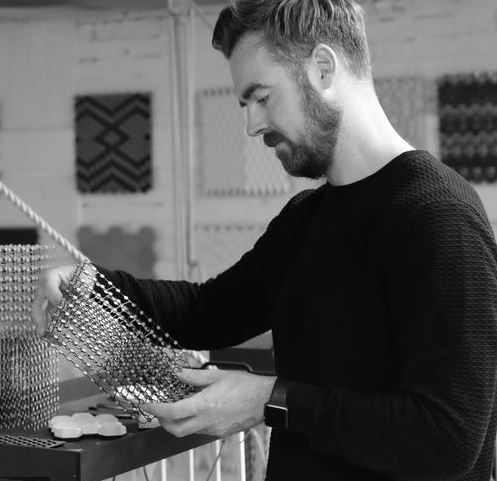
It was an excellent webinar, Helen and I and all the many that joined the session were left with a greater understanding of the aspirational, inspirational and practical reasons for Biophilic Design from Alia. Then we were shown instances of tried and tested projects where this technique has been used by Giles.
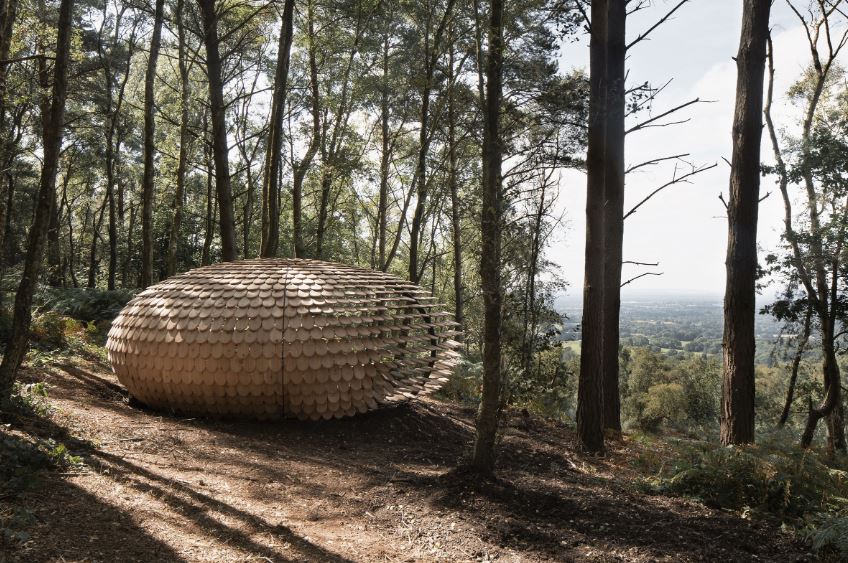
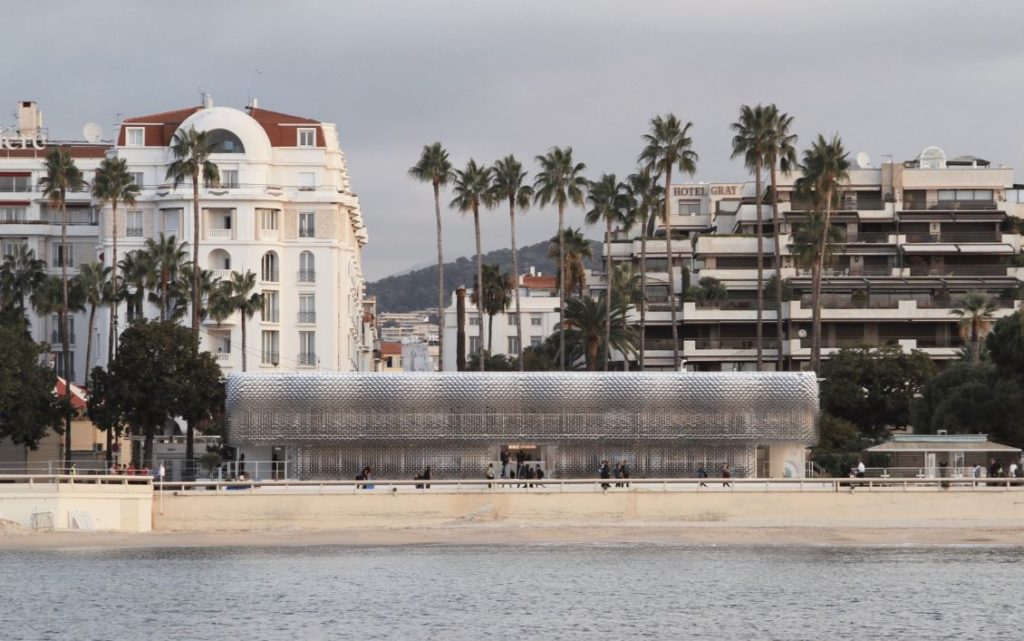
This blog gives a few of the notes I took on this carefully considered and long-standing design initiative that has become very relevant in today’s society – not least with the recent lockdown and resulting interest in nature.
Essentially Biophilic Design brings nature to the forefront of our lives using designs that include flora and fauna, wildlife and nature-based art. This interaction, educates us and improves our understanding of nature – something that has been lost to so many. It becomes easier to appreciate how important nature is and encourages us to take responsibility for it. Biophilic Design encourages immersion and interaction with conceptual and actual nature so we are made aware of wildlife and the habitat it needs. By protecting it we are rewarded with improved health and well-being, a closer connection to our culture and history and the opportunity to ensure long lasting improvements to our working and living environment.
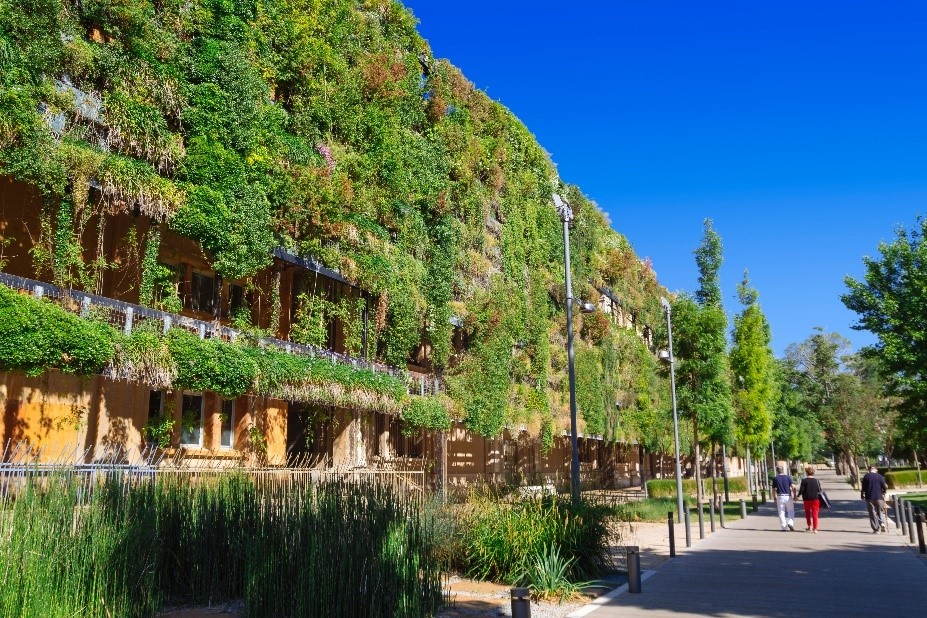
In the UK there is pressure on space and therefore nature. Housing and infrastructure are vital to people and the economy in general. But at the same time there is a requirement for us to be responsible for protecting and respecting biodiversity, wildlife and nature.
These can be seen as directly opposing positions so there is a need to integrate, harmonise and care for both.
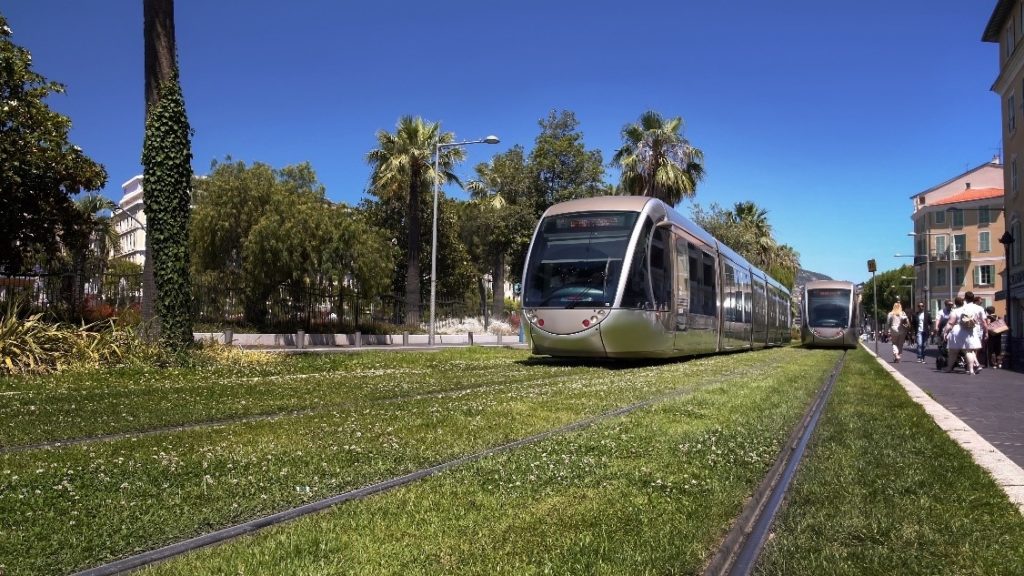
Biophilic Design is the way to bridge the two positions allowing for new buildings and infrastructure, whilst protecting nature. Bringing nature to people through the use of art, natural materials and light in designs with flora and fauna at their heart stimulates an understanding that encourages the protection of the environment in a wider sense. As a grower my pragmatic mind started to think of it in the way a brand can work – often subliminal but nevertheless, getting the required message across!
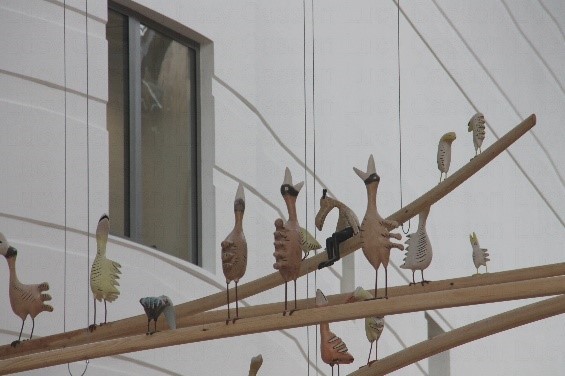
Part of the idea is that buildings and infrastructure are built in a way that encourages people to take responsibility for, and respect and tolerate nature and wildlife through the project.
The benefits to society are clear, with health and well-being paybacks that have been tried, tested and documented over the last few years. To give one example, the use of greenery in and around our working environment has been proved to reduce stress and increase productivity to give massive increases in the financial returns of businesses that adopt this approach.
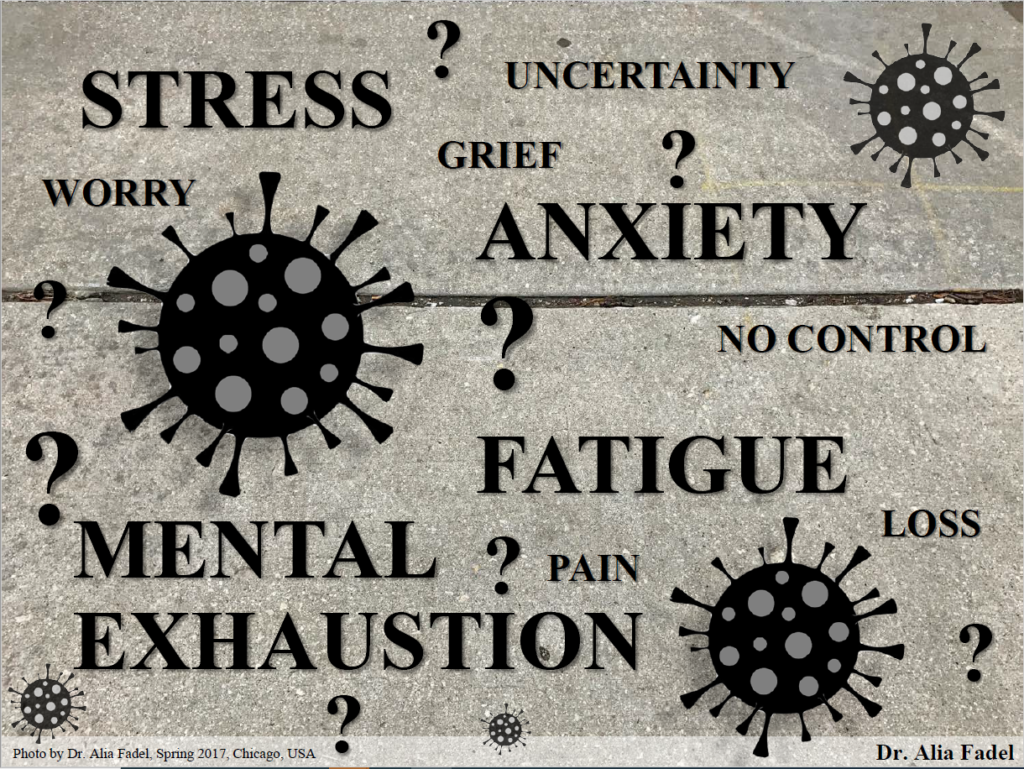
If this initiative could be extended to every bit of new urban development it is possible to see a society that understands nature and its value to us. This would result in the daunting targets for biodiversity and climate change being met.
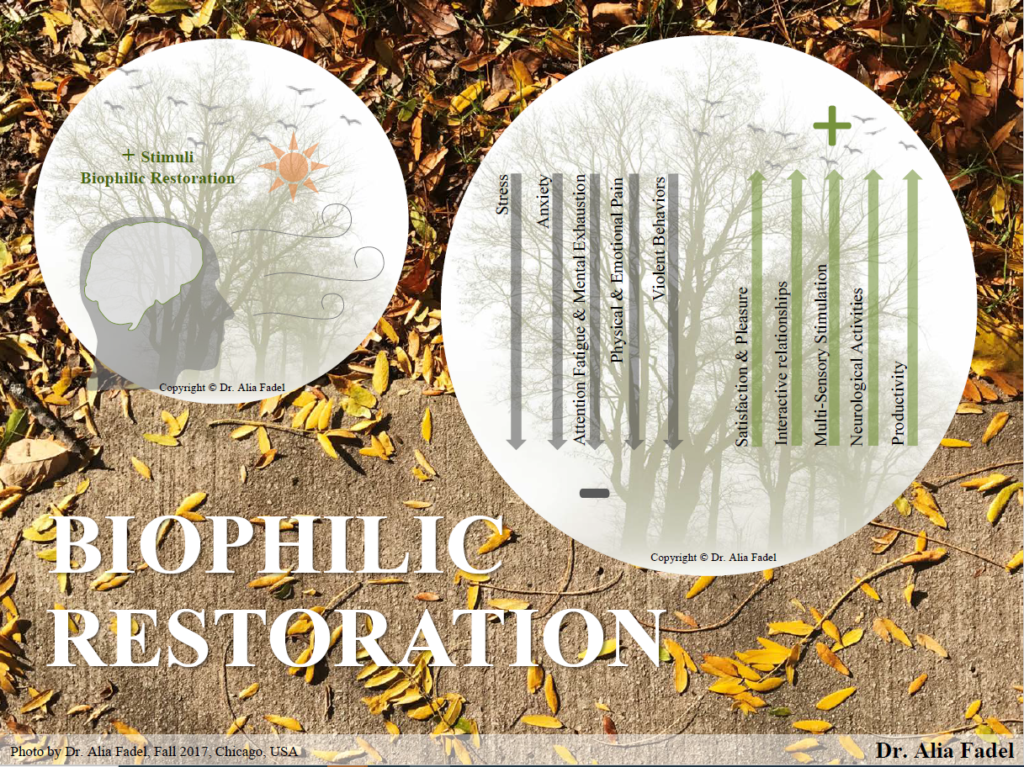
We were very lucky to have Alia and Giles at the webinar and many thanks to them both. It can be found HERE and is well worth a look.
Ultimately, as more people understand enough about nature to care, then responsibility for it is an easy step to take and politically acceptable. Biophilic Design stimulates that understanding.
We designed ourselves into an estrangement with nature – we can design ourselves out of it and reconnect with the natural world for the benefit of all.